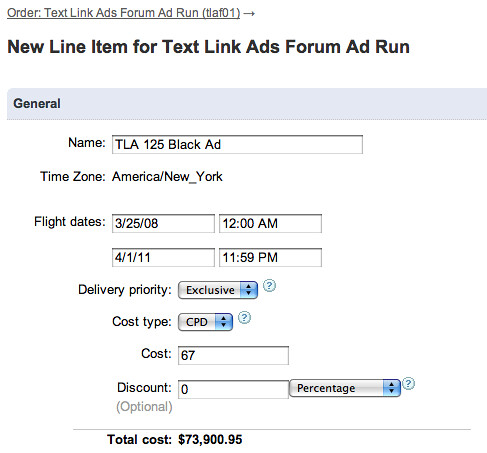
First, your ad can appear on on third-party websites like so: The Display Network leverages Google’s vast website partners to showcase your ad on different websites all over the Internet.Īnd there are a variety of different ways they appear. If you have a physical product, Google Shopping ads can get qualified leads by showcasing your product directly to customers. These ads can appear as images on the search results page: That brings us to… Shopping campaignĪ shopping campaign allows you to promote your products in a much more visual way. You can also have your ads appear in Google Shopping. They appear on the search result page with the black “Ad” symbol next to the URL.Īs you can see, though, text based ads aren’t the only type of ads in the Search Network. These are the ads you’re probably most familiar with. Search campaign ads appear as a text ad in the results page for the keyword.įor example, here are the search campaign ads for the keyword “laptops”: Let’s take a look at each campaign type now to see how they work-and which you should choose. Google offers a variety of different campaign types that you can use: Now that you know how Google ads work, let’s take a look at the different types of Google ads you can use for your campaign. The idea is that the more users click on a marketer’s advertisement, the more likely they will accomplish the advertisement’s goals (e.g. Your Quality Score combined with your bid amount creates your Ad Rank - the position your ad will appear in the search results page.Īnd when a user sees the ad and clicks on it, the marketer pays a small fee for that click (thus pay-per-click). The higher your score is the better you’ll rank and the less you have to spend converting. The score number is between 1 and 10 - with 10 being the best score. Higher quality ads can lead to lower prices and better ad positions.” “Quality Score is an estimate of the quality of your ads, keywords, and landing pages. Google then takes the bid amount and pairs it with an assessment of your ad called a Quality Score.

How much you pay when a user performs a specific action on your ad (signs up for a list, watch a video, etc). How much you pay per 1000 ad impressions. How much you pay when a user clicks on your ad. Marketers have three options for their bids:

You’ll never spend more than a specific amount for that ad per day, helping you get a better sense of how much you should budget for your digital ad campaign. The bids you make are “maximum bids” - or the maximum you’re willing to pay for an ad.įor example, if your maximum bid is $4 and Google determines that your cost per click is $2, then you get that ad placement! If they determine that it’s more than $4, you do not get the ad placement.Īlternatively, you can set a maximum daily budget for your ad. That means marketers target a specific keyword on Google and make bids on the keyword - competing with others also targeting the keyword. Google Ads operates under a pay-per-click (PPC) model. To understand those rankings, let’s take a look at how Google Ads work exactly. After all, you’ll likely have a lot of other marketers competing for the same keyword through Google Ads. However, purchasing advertising on Google doesn’t necessarily ensure the top spot. This is good for the advertiser because the first results on Google typically get the vast majority of the traffic for search queries. They also look nearly identical to organic search results save for the bolded “Ad” at the top of the post. You can see that all the advertisements are on the top of the SERP. Those results can include a paid advertisement that targeted that keyword.įor example, here are the results for the term “fitness coach.” The way it works remains essentially the same: When users search a keyword, they get the results of their query on a search engine results page (SERP). Originally called Google Adwords, the search engine company rebranded the service as Google Ads in 2018. Google Ads is a paid online advertising platform offered by Google.

Google ad preference manager free#
Bonus: Get a free social media analytics report template that shows you the most important metrics to track for each network.


 0 kommentar(er)
0 kommentar(er)
